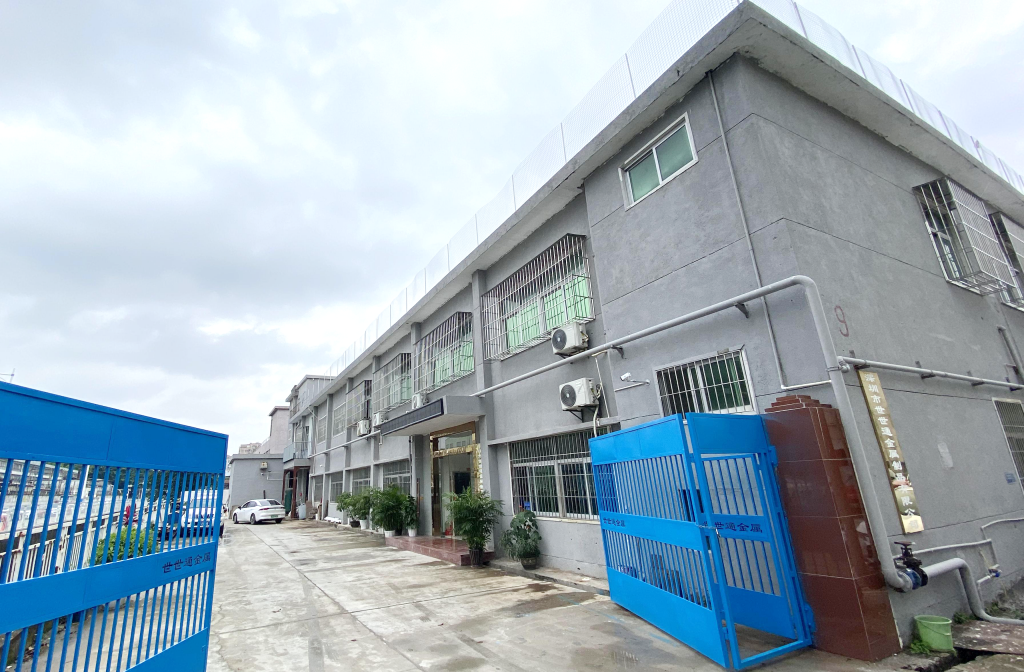
Tel:
+86 13143444311
Email:sst@szsst88.com
Fax:+0086-755-27322278
Address:Building 9, First Industrial Zone, Tantou Industrial City, Songgang Street, Baoan District, Shenzhen 518105, Guangdong, China
Self-tapping screws are fasteners that create their own threads when driven into materials, eliminating the need for pre-tapped holes. Stainless self-tapping screws, made from grades like 304, 316 (A4), or 410, are prized for their corrosion resistance and strength in manufacturing and engineering applications.

Yes, self-tapping screws can be made entirely of stainless steel. Common grades include 304 (general use), 316 (A4, superior corrosion resistance), and 410 (higher hardness for metal applications).
Applications of Stainless Self-Tapping Screws
Stainless self-tapping screws are used in:
1.Marine Engineering: Boat fittings and docks, with 316 stainless screws resisting saltwater corrosion.
2.Food & Medical Equipment: 304 or 316 stainless ensures hygiene and non-reactivity.
3.Construction & Facades: Wafer head screws for secure metal panel fastening with aesthetic appeal.
4.Machinery: #10 stainless screws for medium-strength connections.
1.Corrosion Resistance: Stainless grades (e.g., 304, 316) resist rust without coatings, ideal for harsh environments.
2.Ease of Installation: No pre-tapping required, saving time and costs.
3.Versatility: Available in various head types (e.g., wafer head) and finishes (e.g., black stainless).
1.Material Limitations: May strip or break in high-hardness materials (e.g., thick steel) without pilot holes.
2.Poor Reusability: Repeated removal/installation can wear threads, reducing holding strength.
3.Vibration Sensitivity: May loosen in high-vibration settings (e.g., machinery) without thread-locking adhesive.
4.Higher Cost: More expensive than carbon steel screws.
Yes, self-tapping screws can be used in steel, but consider:
-Thin Steel (<2mm): Self-drilling screws (e.g., 410 stainless) work directly.
-Thick Steel (>2mm): Pre-drill pilot holes to prevent screw breakage or thread failure.
-Tips: Use high-hardness screws (e.g., 410 stainless) and appropriate torque tools.
|
Material |
Applications |
Pros |
Cons |
|
304 Stainless |
Indoor/General Outdoor |
Cost-effective, versatile |
Less corrosion-resistant than 316 |
|
316 Stainless (A4) |
Marine/Chemical Environments |
Superior corrosion resistance |
Higher cost |
|
410 Stainless |
High-Hardness Metal Joints |
High strength for steel |
Requires coating for rust |
|
Black Coating |
Construction/Decorative |
Aesthetic, anti-glare |
Coating may wear off |
Self-tapping screws require a pilot hole or work in soft materials; self-drilling screws have a drill tip for direct metal penetration, ideal for thin steel.
They’re used in marine engineering, food processing, construction facades, and machinery manufacturing.
-Use proper torque tools.
-Pre-drill pilot holes in hard materials.
-Select screws suited to the material (e.g., 410 stainless for steel).
A German marine engineering client required 316 stainless self-tapping screws for coastal wind turbine installations, with:
1.Corrosion Resistance: Screws needed to withstand prolonged saltwater and salt spray exposure.
2.High Strength: Wafer head design for secure thin steel connections.
3.Non-Standard Size: Custom M5.5 x 50mm screws, unavailable in standard markets.
Solution:
1.Shi Shi Tong used A4-80 grade 316 stainless steel, optimizing thread design for enhanced grip.
2.Cold forging ensured head strength, and third-party testing (per ISO 3506) confirmed compliance.
3.The client reported no corrosion after 1000-hour salt spray tests, meeting all requirements.
Need custom non-standard screws? Contact us for tailored solutions!
 |
Skype: kalyn qin M: +86 18818786322 Tel: +86 0755-27322278 Add: Building 9, Tantou First Industrial Zone, Songgang Street, Baoan, Shenzhen 518105, Guangdong Province, China |
5 月-20-2025
Joan

 +86 13143444311
+86 13143444311 sst@szsst88.com
sst@szsst88.com